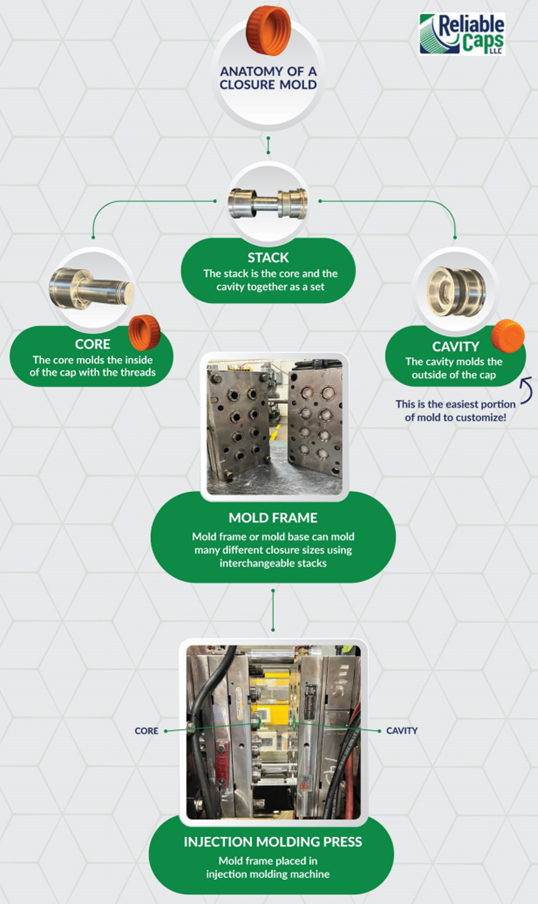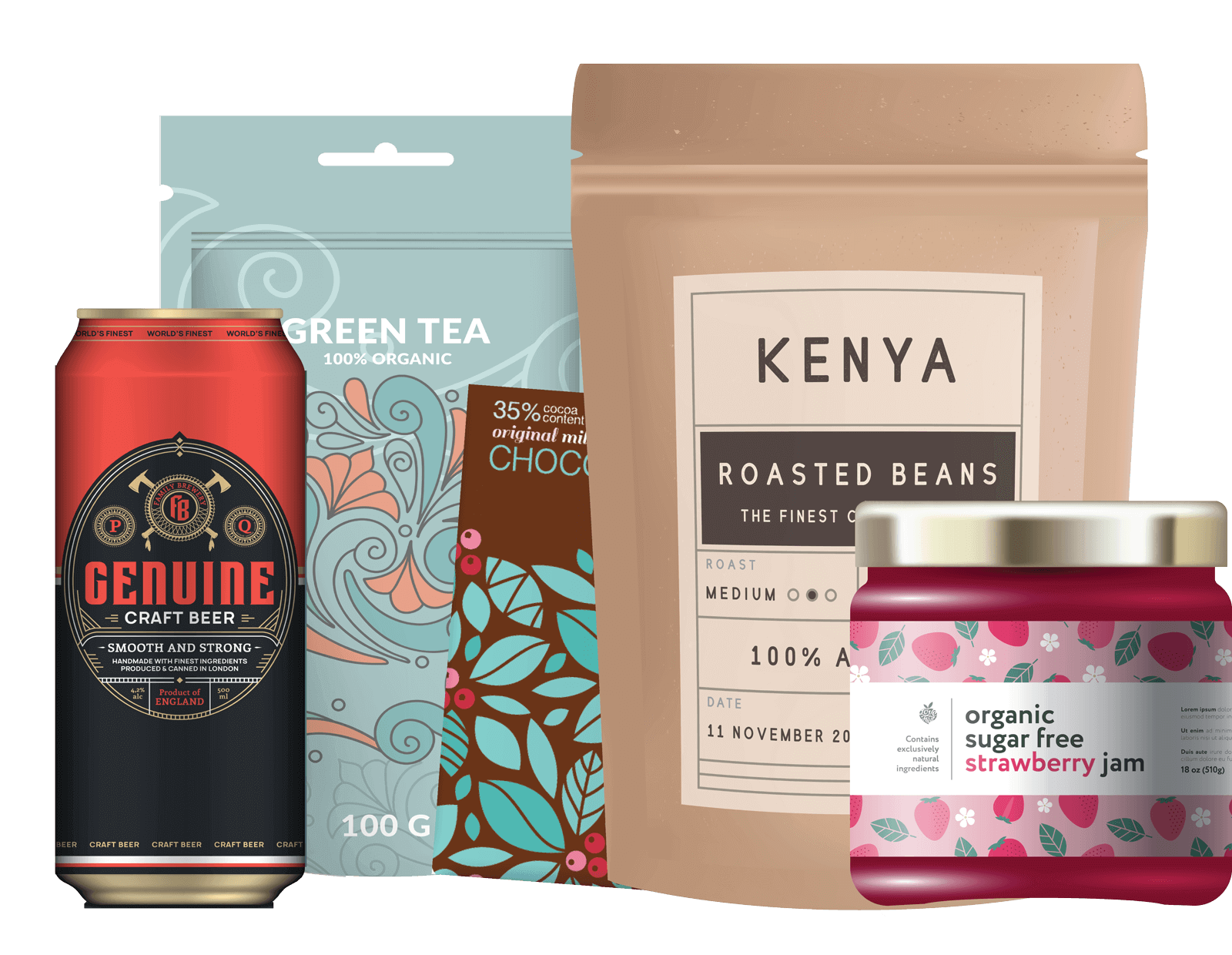In the world of packaging, caps play a crucial role in preserving product integrity and ensuring consumer convenience. The injection molding process is a widely used method for producing high-quality caps for pharmaceuticals, personal care, food and beverage, nutraceuticals, cannabis, automotive, industrial and household segments. Injection molding allows companies to produce millions of caps annually and offers varying degrees of customization, ranging from appearance changes to unique shapes and sizes.
MJS Packaging is adept at navigating the cap creation process, from mold and material recommendations, to managing manufacturing output and logistics. Our extensive experience and success in the packaging industry combined with the power of our preferred manufacturers allows us to take care of every packaging aspect for you. Aligning yourself with an agile and established partner lessens your workload and increases your capabilities.
We spoke with one of our expert cap manufacturing partners, Cameron Manuel, President and General Manager of Reliable Caps, for insider information on the cap manufacturing process.
“Ever heard the old saying, “No hoof, no horse”? Well… no cap equals no product. If the cheaper cap fails, the product fails,” Manuel explains. “If the cheaper caps don’t show up on time, it could shut a plant down. There are sneaky indirect costs that can easily exceed the more obvious direct cost savings from cheaper caps.”
In this article, we will share how caps are made through the injection molding process and why MJS Packaging is the ideal partner for creating custom packaging solutions.
The Injection Molding Process: An Overview
Injection molding is an efficient and economical manufacturing process that produces many plastic products, including caps. It involves injecting molten plastic material into a mold cavity, allowing it to cool and solidify, resulting in a finished part with the desired shape and properties.

Depending on your own specifications, the molding process can include several different options based on how customized you need your product to be. Manuel explains, “In general, custom cavities are limited to basic appearance changes (adding a logo, changing the finish, etc.) Custom stacks (cores and cavities) allow for greater customizations. The sky is kind of the limit on a full-blown custom mold.”
When you have decided on your product needs, the creation process can begin with these important steps:
1. Mold Design and Preparation
The injection molding process begins with meticulous mold design. MJS Packaging partners with skilled engineers who create precise molds, considering factors such as cap dimensions, material properties and production volume. Once the mold design is finalized, it undergoes fabrication using specialized technology to ensure accuracy and durability.
2. Material Selection
Choosing the right material is crucial to achieving the desired cap properties. Each material possesses specific characteristics, including strength, chemical resistance, clarity and flexibility, enabling customization based on industry requirements. What other requirements are important to pay attention to when choosing plastic material for the closure? “It depends on the application,” Manuel adds.
“Certain resins bring certain properties to the table. For example, some customers perform ‘drop tests’ on their packages and need a cap more resistant to breaking. In that case, we use a blend of polypropylene and polyethylene (copolymer polypropylene). There’s a specification window that any resin must fit within to successfully run through our molds (resin melt flow rate, for example). Some molds are more sensitive to resin changes than others.”
3. Melting and Injection
The selected plastic material is carefully measured and fed into an injection molding machine. Inside the machine, a heated barrel melts the plastic pellets to a precise temperature. Once molten, the material is injected under high pressure into the mold cavity through a runner system, filling it completely and taking the shape of the cap.
4. Cooling and Solidification
After the mold cavity is filled, the molten plastic begins to cool and solidify. Cooling time varies depending on factors like material type, wall thickness and complexity of the cap design.
5. Ejection and Finishing
Once the plastic has solidified, the mold opens and the newly formed caps are ejected using ejector pins or plates. Post-ejection, the caps may undergo additional processes, such as trimming, deflashing and surface treatments, to remove any excess material or imperfections.
By working with dedicated teams and manufacturing experts, MJS Packaging ensures the best possible injection molding process is followed so that the process remains cost-effective and minimizes defects.
Why Choose MJS Packaging as Your Custom Packaging Partner?
MJS Packaging guides you on your packaging journey from concept to finished product, managing output, quality, storage and supply. We are experts at delivering on exceptional packaging aesthetics, functionality and compliance. Our knowledgeable team and network of advanced manufacturers understand the unique requirements of different industries and offer tailored solutions, including standard or custom cap injection molding. Contact us today to find the best packaging and cap solutions for your products.




